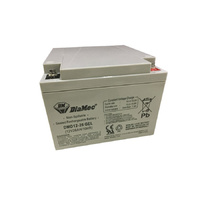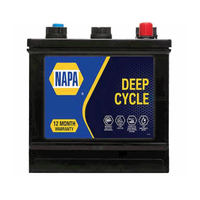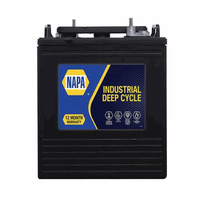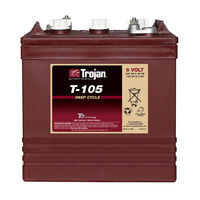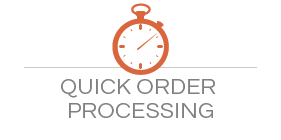Related Content
Choosing the Right Deep Cycle Battery
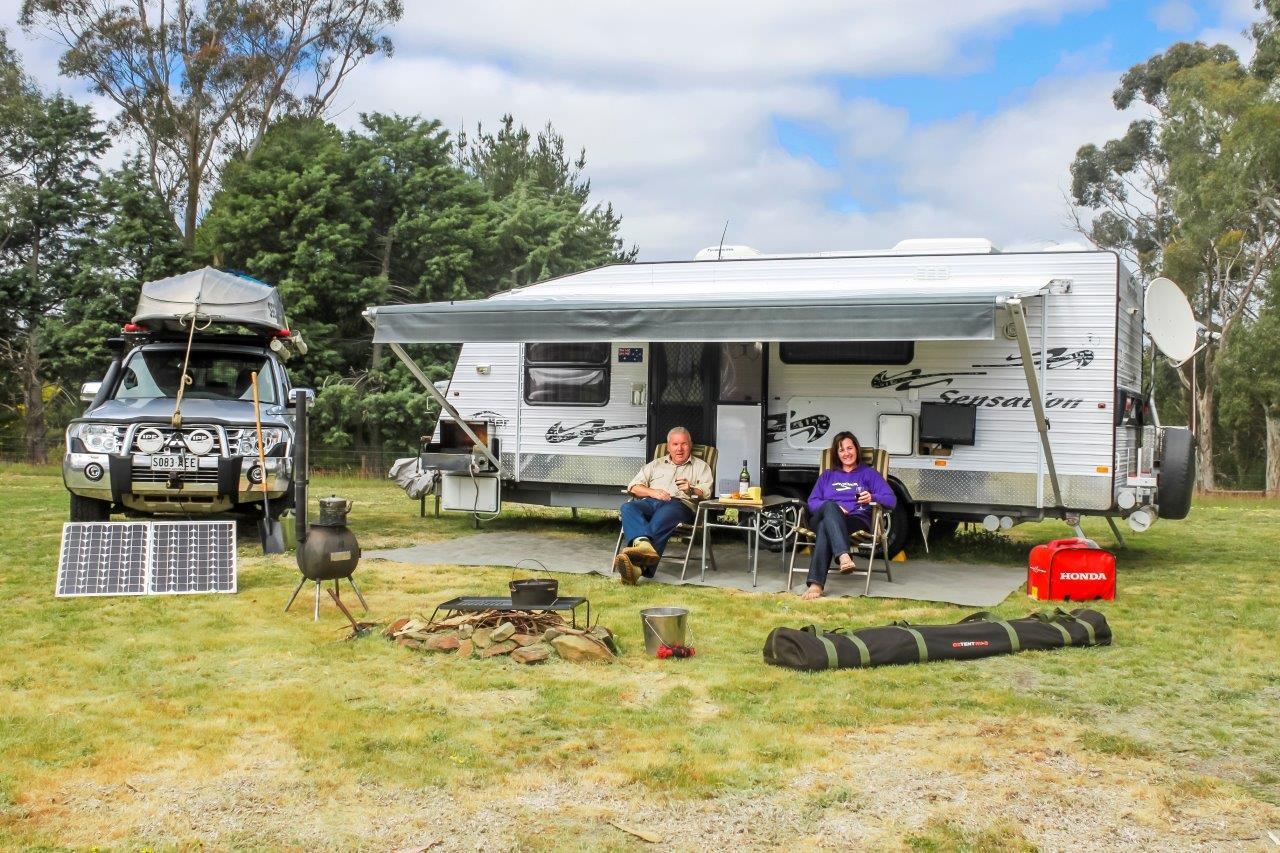
There are a few basic principles to follow when selecting the correct battery for cyclic applications such as those found in house batteries, renewable energy batteries, marine accessories or dual battery installations.
Firstly, if you are using a battery for cyclic applications such as running lights, accessories, fish finders, radio's, high performance car stereos etc. it is important to make sure you select a deep cycle battery. A deep cycle battery's design and manufacturing process differs from conventional starting lead acid batteries that are found in any car. Deep cycle batteries contain less number of thicker sized lead plates that are designed to provide current for long periods of time. While a starting battery contains a larger quantity of thinner plates, which increases the total surface area to produce very high currents for short periods of time. Although using a conventional starting lead acid battery for cyclic applications will work fine in the short term, it will definitely fail in next to no time.
Now that we have established the necessity of choosing a deep cycle battery for cyclic applications, the next step is working out the required total battery capacity.
This can be calculated very quickly by adding the combined power usage of the various appliances and the number of hours of expected use between charges. For example:
| Device | Power (w) | Usage (Hours | Total Watt Hours |
| Fridge | 55 | 10 | 550 |
| Lighting | 60 | 4 | 240 |
| TV | 110 | 2 | 220 |
| Total | 1010 |
This table represents the total power consumption of several example appliances between charge cycles. Measured in watt hours, we now know the total power consumption of all the appliances between charge cycles. To establish the battery capacity (measured in amp hours) we then divide this total (watt hour) figure by the battery system voltage.
In a 12v system this would be 84 Ahr.
This is a simple calculation and electric systems are not always perfect, as a result it pays to leave a little head room. Traditionally, we would recommend 30% power in reserve. In critical systems or systems that have much higher loads, it is preferred to work with 50% or more capacity in reserve. This allows for unexpected emergency situations.
Every appliance; fridge, fan, lighting, computers, stereos will have a power consumption rating (measured in Watt). These ratings are either displayed directly on the device or on the device power supply. Bearing in mind that no device consumes power evenly and exactly to the manufacturer rating. Idle devices consume much less power, devices under load consume more power. This is a rough calculation to gauge battery size or battery bank size for general applications.
It is also possible to actually measure an appliances power consumption over a set time period such as 24 hours or a week using an AC power meter or a DC watt meter for DC devices such as motors, LED lighting etc.

